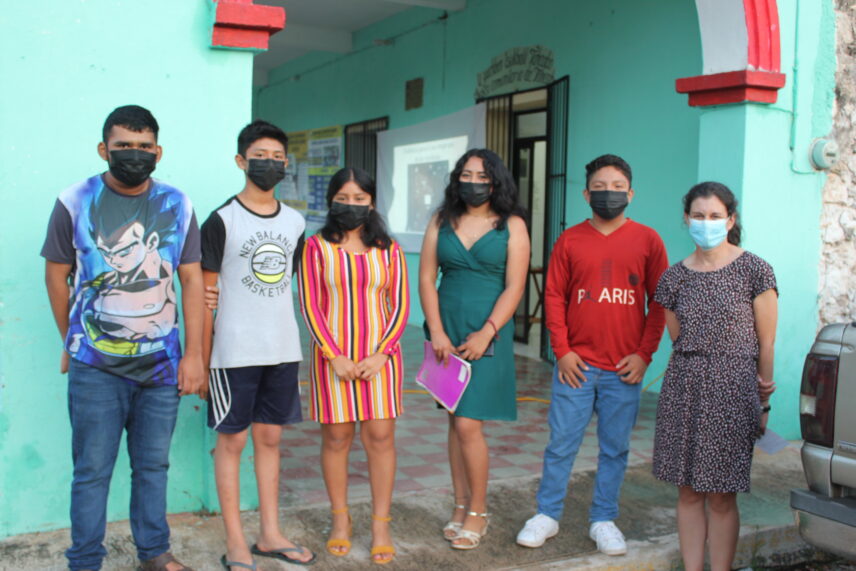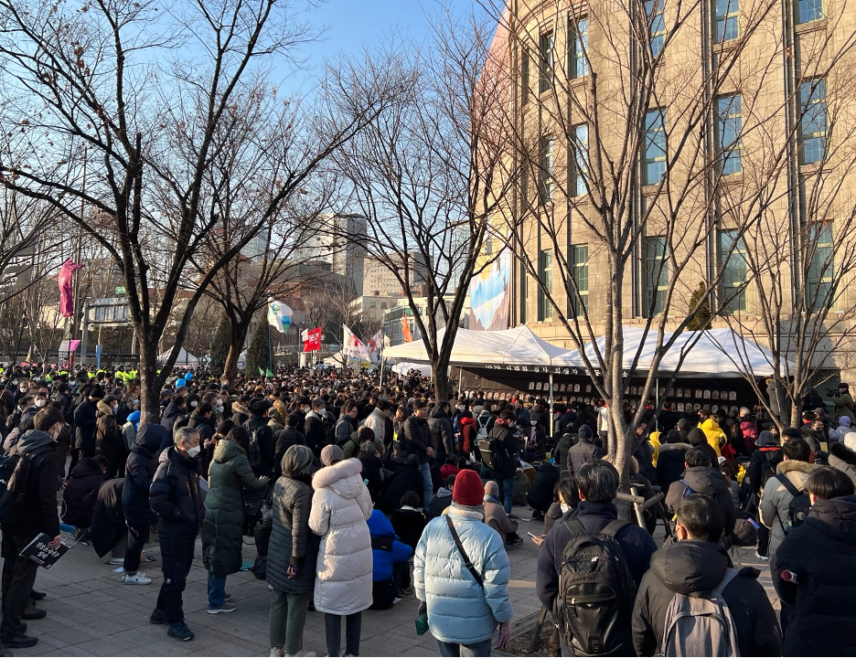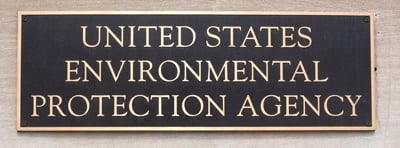
Student fieldwork experiences with The Olosho Ethnobotany Project The post From Clinic To Kenya appeared first on Anthropology News.
I eagerly began my day knowing the Grand Valley State University (GVSU) research fair was on the evening�s horizon. I attended my microbiology lab and organic chemistry, and ecology classes with vibrant anticipation. Knowing that graduate school was the next step for me, I was focused on producing a competitive academic resume. The research fair was the ideal place to network and formulate scholarly ideas. When I arrived at the event, I assessed each booth. My undergrad major was pre-veterinary studies, so I focused on projects related to biology or natural resource management. Even if a project wasn�t directly aligned with my interests, my goal was to gain research experience. Thankfully, the kind of opportunity I was searching for was at the final table I would visit that evening.�
The anthropology department was showcasing �The Olosho Ethnobotany Project,� intiated in 2017 by Dr. Kristin Hedges. Dr. Hedges was also the professor for the medical anthropology elective I had completed. I approached Dr. Hedges to inquire about their research. Initially, I didn�t consider an anthropology project to be applicable for a pre-veterinary major. But the conversation laid the groundwork for a transformative experience. The Olosho Ethnobotany Project originated as a community request by the Purko Maasai ethnic group in Kenya. Community members wanted to document traditional medicinal knowledge that had always been passed down orally in a written format. The dramatic shift in local lifestyles impacted knowledge from being passed down to the next generation. This research project documented the plants traditionally used for illness and produced field books for local dissemination in the community. I was thoroughly impressed with the methodology behind this project (see Anthropology News for more information on the foundation and stages of the project).�
As I began to peel back the layers of this project, I had an epiphany: research is not restricted by my major. Very quickly, the Olosho Ethnobotany Project became more than a resume experience for graduate school. This was a total paradigm shift for my future career as a veterinary doctor.�
I still hope to obtain a veterinary license, but I don�t want my final professional destination to be a regular animal clinic. Human relationships with animals are not the same across the globe. Working on a truly collaborative community-based project would teach me the skills of centering community perspectives as the expert.�

I started working on the project in the summer of 2023, with two full weeks of data collection in Narok, Kenya.�
While preparing for my research trip, I had a vague concept of what veterinary care would look like in a rural agropastoral community, and I knew that domestic livestock would be the focus. I spent the second half of winter semester mentally preparing myself for two weeks of complete cultural immersion. I focused my energy into three psychological pillars of stability. First, be mentally prepared to go without, no matter what it is. Second, absorb every cultural experience with an open mind and with as little bias as possible. Third, always maintain patience. Fortunately, I would also have my experiences as a US Marine, undergraduate student, and veterinary staff member, as well as having my faculty mentor by my side to help navigate the research.
Within the first few days, I was able to confirm there is no stereotypical Western veterinary medicine for cats or dogs. In fact, Dr. Hedges has worked and collaborated with the Maasai in Kenya for 23 years, and this research trip was the first time she had ever seen dog food on store shelves. Almost immediately, I understood that domestic pets do not have the same value as they do in the United States. Within this agro-pastoral community cultural value was primarily in livestock, especially cows. In the words of one of our focus group participants, �A cow is the leading element of Maa culture.� Maasai investment and care practices for cattle translate into community status. Being able to observe this cultural difference firsthand was more empowering than acing an exam from any of my biology classes.�

After we settled in from traveling to Narok, our priority was to review logistics with the Olosho Ethnobotany Project director, Joseph Ole Kipila. We discovered the traditional medical knowledge for cattle was even more vulnerable to intergenerational loss than the human traditional medicine. Director Kipila needed to access the medical knowledge from 80-year-old elders, because the knowledge was lost within Kipila�s 60-year-old age-set. Our original plan was to use the focus group at the end of collection to confirm preparation and administration techniques. The advantage of ethnographic research is being able to pivot and redesign as new discoveries emerge in the field. We adapted to our new information, then we launched data collection with a focus group discussion among five Maasai men. Each medicinal remedy listed was followed by collaborative conversation among the men to ensure the usage and plants listed, were correct. The five men became our first step in triangulating for consensus use within the community. When the focus group concluded the elders blessed us for our field work. In fact, the elders expressed interest in me returning, and bringing back new knowledge to share with the Maasai for improving livestock welfare.�

Participant observation is the cornerstone methodology for ethnographic research. The benefit of this became obvious when I was writing down how charred porcupine quills were used to treat eye infection in my journal. By coincidence, a household member was getting ready to treat a sick goat.� Within minutes, I was outside watching the charred quills be administered to a goat�s infected eye. I was able to follow up on documentation with observation in real-time.�

The Olosho Ethnobotany Project was empowering beyond measure. The ethnographic skills I developed as a student will be my initial guide in any future research development. Through this project, I achieved scholarly, professional, and personal growth. This experience was made possible with funding from the GVSU Office of Undergraduate Research and Scholarship summer scholars program, and we are eternally grateful for the approval of our grant.��
The post From Clinic To Kenya appeared first on Anthropology News.









